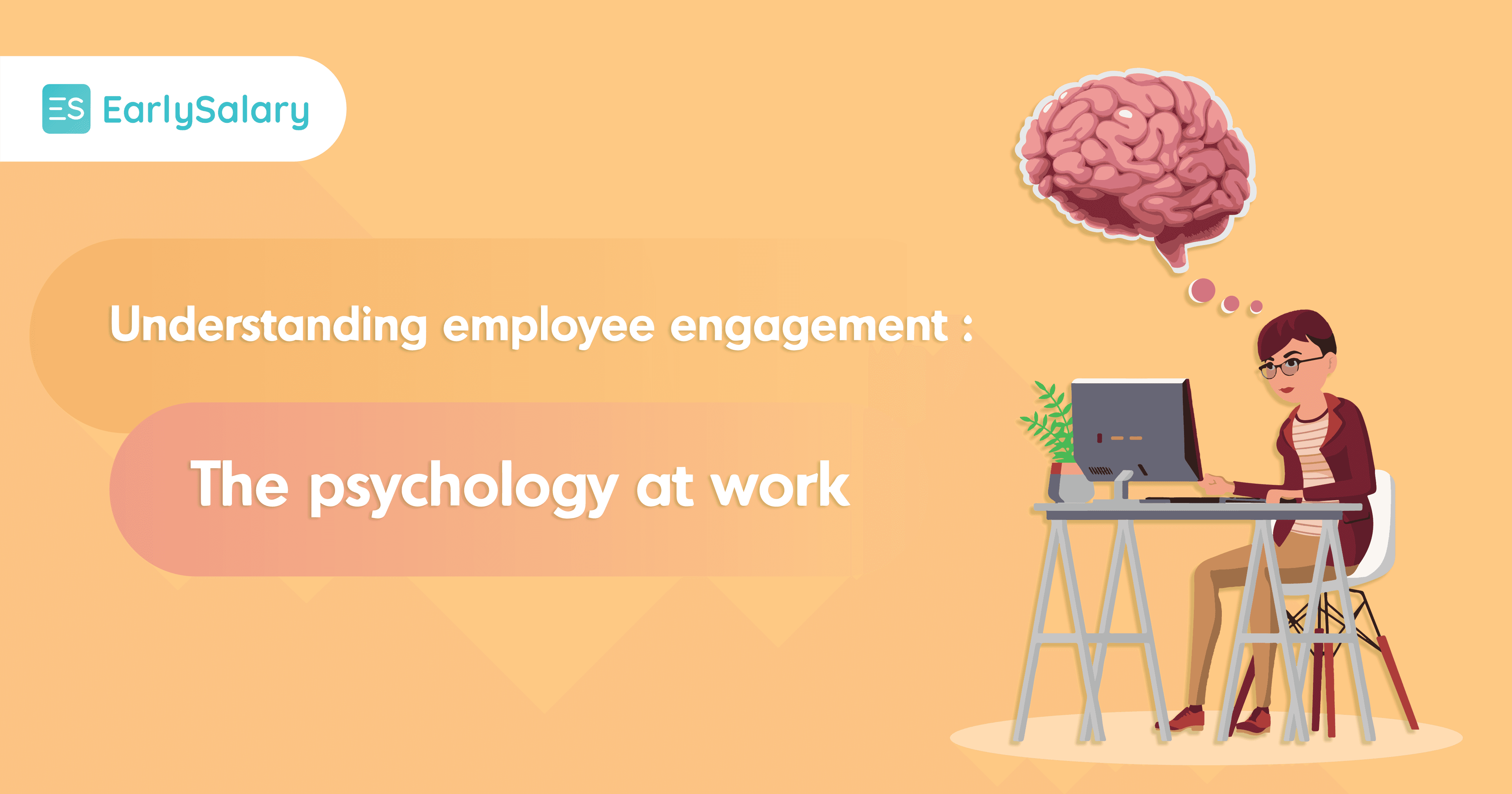
Highlight: Employee engagement is defined as “an individual employee’s cognitive, emotional, and behavioral state directed toward desirable organisational objectives.”
Employee performance is a crucial component of total organisational performance in high-performing organisations; thus, it must be managed. Employee engagement is one of the most important factors in promoting high levels of employee performance. HR departments can utilise employee engagement strategies to improve employee well-being and productivity at all levels of the organisation as it encourages all personnel of an organisation to put their best foot forward daily using various measurements, projects, and techniques.
Employee engagement also ensures that each employee is completely dedicated to the company’s vision, goals, and values and that they are encouraged and motivated to contribute to the organisation’s overall success. Employee engagement definitions vary significantly among businesses, based on what is proper and best for their workforce. Engagement, according to Dell Inc. is, “to compete today, companies need to win over the MINDS (rational commitment) and the HEARTS (emotional commitment) of employees in ways that lead to the extraordinary effort.”
Also read: How Do You Build Successful Work Teams?
Employee engagement has been intertwined with concepts from work psychology since its start. In psychology, employee engagement is defined as “an individual employee’s cognitive, emotional, and behavioral state directed toward desirable organisational objectives.” Argyris used the phrase “psychological contract” in the early 1960s to refer to employees’ impressions of the employment arrangement. The idea that promises are being kept strengthens commitment and intention to stay with the company. Individuals’ ideas about the terms and conditions of the bilateral agreement between themselves and their organisations comprise psychological contracts. Psychological contracts form when individuals think that their organisation has pledged to give them certain incentives in exchange for their efforts to the organisation.
To explore how people hold job roles, psychologist William Kahn drew on the research of labor roles and organisational socialisation. He used “personal engagement” and “personal disengagement” to describe two opposite spectrum extremes. At the “personal engagement” end, individuals occupy themselves—physically, mentally, and emotionally—in their job position. In contrast, they uncouple and withdraw from the role at the end of the “personal disengagement” stage. What can be done to avoid this?
Organisations can enhance employee loyalty and engagement by understanding psychological factors. Social cohesiveness, feeling supported by one’s supervisor, information sharing, similar objectives and vision, communication, and trust can all impact engagement and productivity.
Also read: The Finance Behind High Employee Engagement
According to a Dale Carnegie research published in 2017, “Only 26% of executives surveyed believe [employee engagement] is a very significant element of what they think about, prepare for, and do daily. Another 42% claim they work on it regularly, with the remainder working on it relatively infrequently, if at all “Never, ever.”
Low engagement can be caused by a variety of causes, including a lack of acknowledgment by management, poor business communication, and a lack of alignment with the firm’s goal. Employee engagement should be viewed as a strategic business goal by corporate executives since engaged employees contribute to long-term employee retention, greater productivity levels, and enhanced job quality.
HR should lead the way in designing, assessing, and evaluating proactive workplace policies and practices that help recruit and retain personnel with the skills and competencies required for growth and sustainability to promote a culture of engagement. Employer activities such as job and task design, recruiting, selection, training, pay, performance management, and career development kick off the process.
Such approaches have an impact on employee engagement as well as work performance. Then, performance and engagement combine to generate business outcomes. Your business must invest in human resource strategies to engage workers and profit from that involvement. However, as with any other investment, you must evaluate future return—that is, you must commit money to the HR practices that you feel will provide the best results.
To summarise
Employee engagement and commitment can translate into significantly beneficial business results for an enterprise. Common human resource processes like recruiting, training, performance management, and employee surveys can be strong engagement levers. Organisations define employee engagement and measure it in several ways, implying that no one “right” or “best” approach exists to define or drive engagement in your workforce. As a result, while choosing whether HR practices would match your organisation’s goal, it is critical to examine your own organisation’s vision of involvement, as well as its strategy and workforce structure.
Employee engagement refers to how devoted and proactive the workforce is about helping the company realise its mission and organisational goal.
The primary aim of engagement within the workforce is to increase productivity and create a positive work environment. It results in a workforce that does their jobs in alignment with the company’s vision and goals and showcase their best self in the organisation.
Although many elements drive engagement within the company, the three key elements are feedback, recognition and validation.
Different types of employee engagement include emotional, cognitive, and physical engagement.
An organisation can improve engagement within the workforce by developing practices that fulfil employees’ needs while keeping organisational goals and value a priority. Good practices to start off with include fair pay, career development programmes, performance management and perks like financial wellness programs.